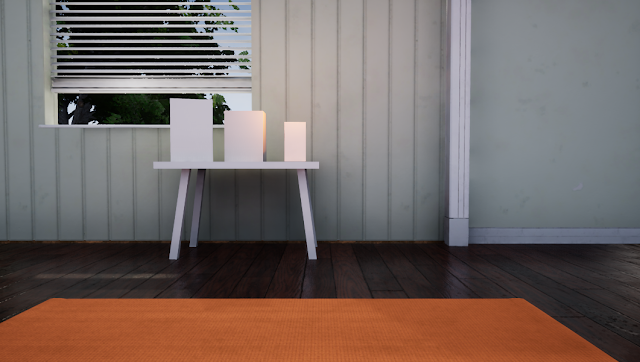Zen Diorama // 02

In this update I’ll show you the textures for the floor, generic models and the yoga mat. The scene is beginning to take some form now that I’ve started to include materials and assets, as you can see through the 4 development iterations below. The wooden floor material seems to have made the most impact on the scene so far. In my opinion this is due to the assets being reflected in the material, which assists in helping the scene look realistic. I had some fun creating wood grain in substance designer. Wood is quite tough to get right but I'm beginning to get the hang of it. To keep consistency I created all of the white-painted models using the same texture map, and baked all of them together. I may pull back on the dirt on these textures as the details seem to be overpowering in the renders. For the yoga mat I had to create a custom material to replicate the fine cushioned PVC that the mat is made out of. I used my own yoga mat as r...



